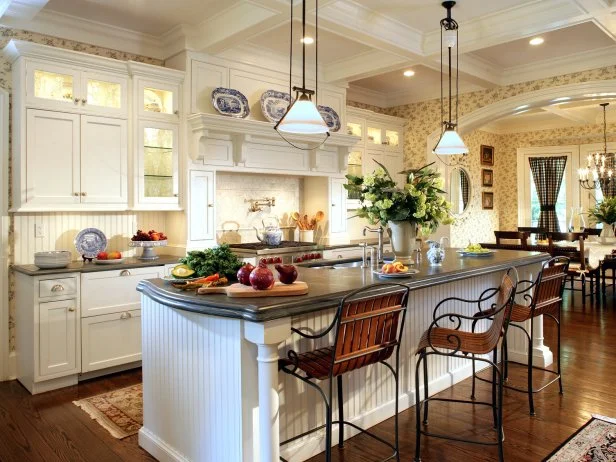Depend On Specialist Craftsmanship for Tailored Legs For Kitchen Island Ideas
Depend On Specialist Craftsmanship for Tailored Legs For Kitchen Island Ideas
Blog Article
Essential Factors to Consider When Picking Legs For Cooking Area Island
Picking the suitable legs for a cooking area island involves a mindful assessment of several factors that can substantially affect both functionality and visual allure. As we check out these components, it becomes clear that each decision can have far-ranging implications for the general cooking area experience.
Material Options
When choosing legs for a kitchen area island, understanding the various product alternatives is essential for accomplishing both visual appeal and structural stability (Legs For Kitchen Island). The selection of product considerably influences not just the durability of the island but likewise its general layout and functionality
Steel legs, usually made from stainless steel or functioned iron, add a industrial and modern feel while ensuring resilience and stability. These products are immune to use and can support considerable weight, making them optimal for larger islands.
Another option is engineered materials, like MDF or plywood, which can be more cost-effective while still offering a variety of coatings. They might not supply the exact same level of security as solid wood or steel. Legs For Kitchen Island. Finally, materials such as acrylic or glass can develop a modern look, though they might need additional assistance to make sure stability.
Ultimately, the option of material for cooking area island legs must align with the wanted functionality and the total style of the kitchen.
Design and Design

When considering style, the shape and finish of the legs are crucial. Tapered legs can provide a sense of lightness and beauty, while thicker, much more robust legs can convey strength and security. In addition, the coating-- be it repainted, discolored, or natural-- ought to complement the cabinetry and countertop products to create a unified look.
Moreover, the layout of the legs can additionally show personal preference. Personalized or attractive legs, such as those featuring elaborate carvings or one-of-a-kind geometric forms, can work as focal points, adding personality and character to the kitchen area. Ultimately, the appropriate selection will not only boost performance but additionally raise the aesthetic allure, making the kitchen area island a standout feature of the home.
Elevation Considerations
Choosing the ideal height for kitchen island legs is critical, as it directly influences both performance and comfort. The typical height for a kitchen island normally ranges from 36 to 42 inches, straightening with typical kitchen counter heights. A 36-inch elevation is optimal for food preparation and food preparation, allowing for comfy use kitchen area appliances and tools. Alternatively, a height of 42 inches is usually liked for islands planned for bar seating, suiting taller stools and using a casual dining experience.

It is likewise important to account for customers' elevations and preferences. Tailoring the elevation can ensure a comfy experience for all member of the family, making the kitchen area island a more useful and satisfying space.
Weight Assistance
Ensuring ample weight support for cooking area island legs is important for both safety and security and performance. The cooking area island typically offers several objectives, including food prep work, dining, and additional storage, demanding a robust assistance structure. When choosing legs, it is crucial to think about the total weight capacity needed based upon the island's i thought about this intended use and the products that will be positioned on it.
The selection of material for the legs plays a considerable duty in their weight-bearing capacities. Solid wood, steel, and sturdy composites typically give superior stamina contrasted to lighter products. Additionally, the design of the legs-- whether they are directly, tapered, or have a pedestal kind-- can affect their capacity to disperse weight effectively across the structure.
In addition, the leg positioning should be strategically prepared to improve security. Legs placed at the edges or with a bigger base can better support heavier loads. Always seek advice from the supplier's requirements regarding load limits to guarantee that the legs can sustain the designated weight without jeopardizing security. In summary, choosing kitchen area island legs with sufficient weight support is vital for producing a risk-free and practical culinary space.
Setup and Maintenance
Correct setup and upkeep of kitchen area island legs are critical for making sure longevity and security. This frequently entails securing the legs to the island base utilizing appropriate fasteners, making certain that the legs are level and straightened.
Once set up, routine upkeep is required to maintain the stability and look of the legs - Legs For Kitchen Island. For wooden legs, periodic cleansing with a wet cloth and application of suitable timber polish can protect against wetness damages and maintain their surface. Steel legs might require a gentle cleansing service to eliminate oil and grime, complied with by a completely dry towel to avoid corrosion development
Additionally, examine the legs consistently for indicators of wear or damages, such as cracks or loose joints. Tightening screws or bolts as required can also prolong the lifespan of the legs. By adhering to these installation and maintenance practices, homeowners can ensure that their kitchen island remains view publisher site sturdy and visually appealing for years to come.
Conclusion

Aesthetic comprehensibility is extremely important in selecting the style and design of legs for a kitchen area island, as these aspects substantially affect the overall ambiance of the space. Tapered legs can offer a sense of lightness and sophistication, while thicker, a lot more durable legs can share toughness and security.Picking the ideal elevation for cooking area island legs is crucial, as it directly impacts both functionality and comfort. In summary, selecting cooking area island legs with adequate weight assistance is essential for creating a useful and secure cooking area.
In final thought, choosing legs for a kitchen island necessitates careful factor to consider of numerous aspects, consisting of material options, design, elevation, weight support, and installation.
Report this page